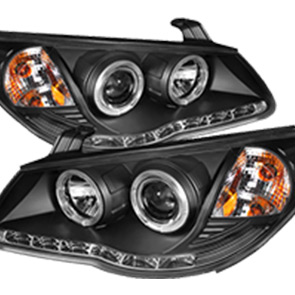automatic shift linkage
Understanding Automatic Shift Linkage in Modern Vehicles
Automatic shift linkage is a critical component in contemporary automotive engineering, seamlessly translating driver intentions into vehicle operations. As cars transition from traditional manual transmissions to advanced automatic systems, understanding the intricacies of automatic shift linkage becomes increasingly important for both manufacturers and consumers.
At its core, automatic shift linkage is the mechanical or electronic connection between the gear shift lever and the transmission. This system allows the driver to select different gears without the need for manual clutch operation, making driving more accessible and convenient. As the demand for efficiency and ease of use has risen, the design and function of automatic shift linkages have evolved significantly.
The automatic shift linkage operates on a principle of input and response. When a driver moves the gear selector, it sends a signal—either mechanical or electronic—to the transmission control module. This module processes the input and engages the appropriate gear within the transmission. In older systems, this linkage was purely mechanical, relying on rods and cables to convey the driver’s input to the transmission. However, modern vehicles frequently utilize electronic systems that enhance precision and responsiveness.
One of the most notable advancements in automatic shift linkage is the development of electronic shift-by-wire systems. This technology eliminates the need for physical linkages, replacing them with electronic signals. This approach offers several advantages, including reduced weight, greater design flexibility, and the ability to integrate advanced features such as adaptive shifting algorithms. Shift-by-wire systems can also enhance vehicle safety by incorporating fail-safe mechanisms and enabling features like automatic parking or hill-start assist.
automatic shift linkage

Moreover, automatic shift linkage design has significant implications for driving comfort. The transition from manual to automatic transmission not only simplifies the driving process but also alters the overall driving experience. Modern automatic transmissions are designed to shift gears more smoothly and efficiently than their predecessors. The shift linkage plays a vital role in this performance, ensuring minimal interruption during gear changes. As a result, drivers experience a seamless acceleration and deceleration process, contributing to a more enjoyable driving experience.
However, the shift linkage system is not without its challenges. As vehicles become more complex, issues can arise related to calibration and compatibility, particularly in electronic systems. Manufacturers must ensure that the shift linkage is precisely tuned to the transmission’s performance characteristics to avoid rough shifts or unintended gear selections. Additionally, ensuring the durability of these components under various driving conditions is crucial, as any failure can lead to significant safety risks.
Furthermore, the rise of electric and hybrid vehicles is prompting a re-evaluation of shift linkage systems. These vehicles often feature different transmission configurations, such as continuously variable transmissions (CVTs) or dual-clutch systems, which require unique shift linkage solutions. Adapting automatic shift linkage technology to accommodate these new transmission types will be essential as the automotive industry continues to evolve towards greater sustainability.
In summary, automatic shift linkage is an integral part of modern automotive design, facilitating intuitive and efficient transmission performance. As technology advances, the shift linkage continues to adapt—enhancing not only the driving experience but also addressing the challenges posed by new vehicle technologies. Understanding this component's workings can give consumers insight into the growing complexity of vehicles and the advancements that make driving easier and more enjoyable. As we look to the future, the continued innovation in automatic shift linkage will play a pivotal role in shaping the next generation of automobiles.
-
Workings of Clutch Pipe and Hose SystemsNewsJun.04,2025
-
The Inner Workings of Hand Brake Cable SystemsNewsJun.04,2025
-
The Secrets of Throttle and Accelerator CablesNewsJun.04,2025
-
The Hidden Lifeline of Your Transmission Gear Shift CablesNewsJun.04,2025
-
Demystifying Gear Cables and Shift LinkagesNewsJun.04,2025
-
Decoding Clutch Line Systems A Comprehensive GuideNewsJun.04,2025
